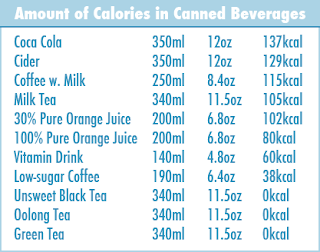BMI is the most commonly used index to measure obesity throughout the world. It is measured by:
70-80% of those who are regarded as overweight using BMI do in fact have a lot of inner fat, and those are obese.
20-30% of those regarded as overweight using BMI actually are quite muscular, known as “katabutori” in Japanese. This is a common case for athletes.
A few years ago, Naoya Ogawa, an Olympic silver medalist as well as a Japan Diet Academy graduate, came to the Japan Diet Academy asking, “Why do I have such a high BMI even though I’ve reduced my weight? I know I’m not obese even though my BMI is 30. Why does this happen?”
He was sent to have a CT scan and discovered that his inner fat was actually 38cm
2. His height is 193cm (6ft 4in) and weight is 115kg (254lb), but he is not obese, he is a katabutori.
On the other hand, there are people with a low BMI who are obese. It is commonly referred to as “hidden obesity.” About 10% of those with a BMI in the normal range or lower have hidden obesity. Most of the time this occurs among young women who tried dieting, even though they had no need to, and repeated a cycle of rebound weight, or “weight cycling.” Others are middle men who are mostly skinny except for being chubby around the abdomen.
Obesity caused by high abdominal fat, referred to as “apple shaped obesity” in the last post, is a major factor to lifestyle diseases such as high blood pressure, diabetes, and hyperlipidemia, referred to as the “deadly quartet.”































